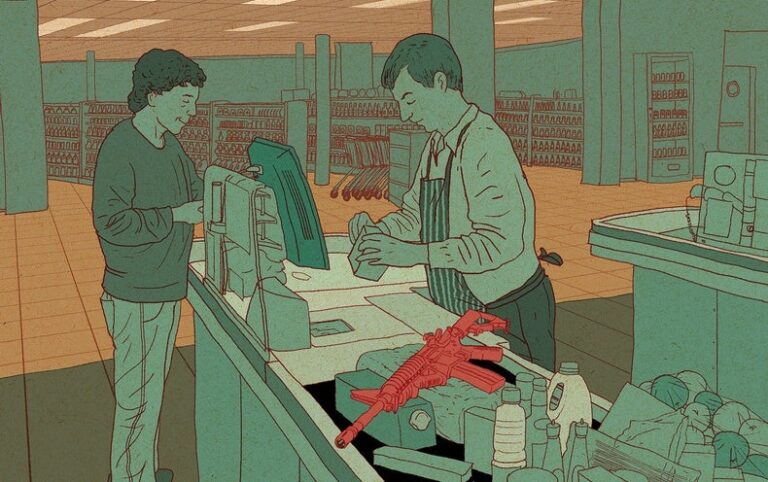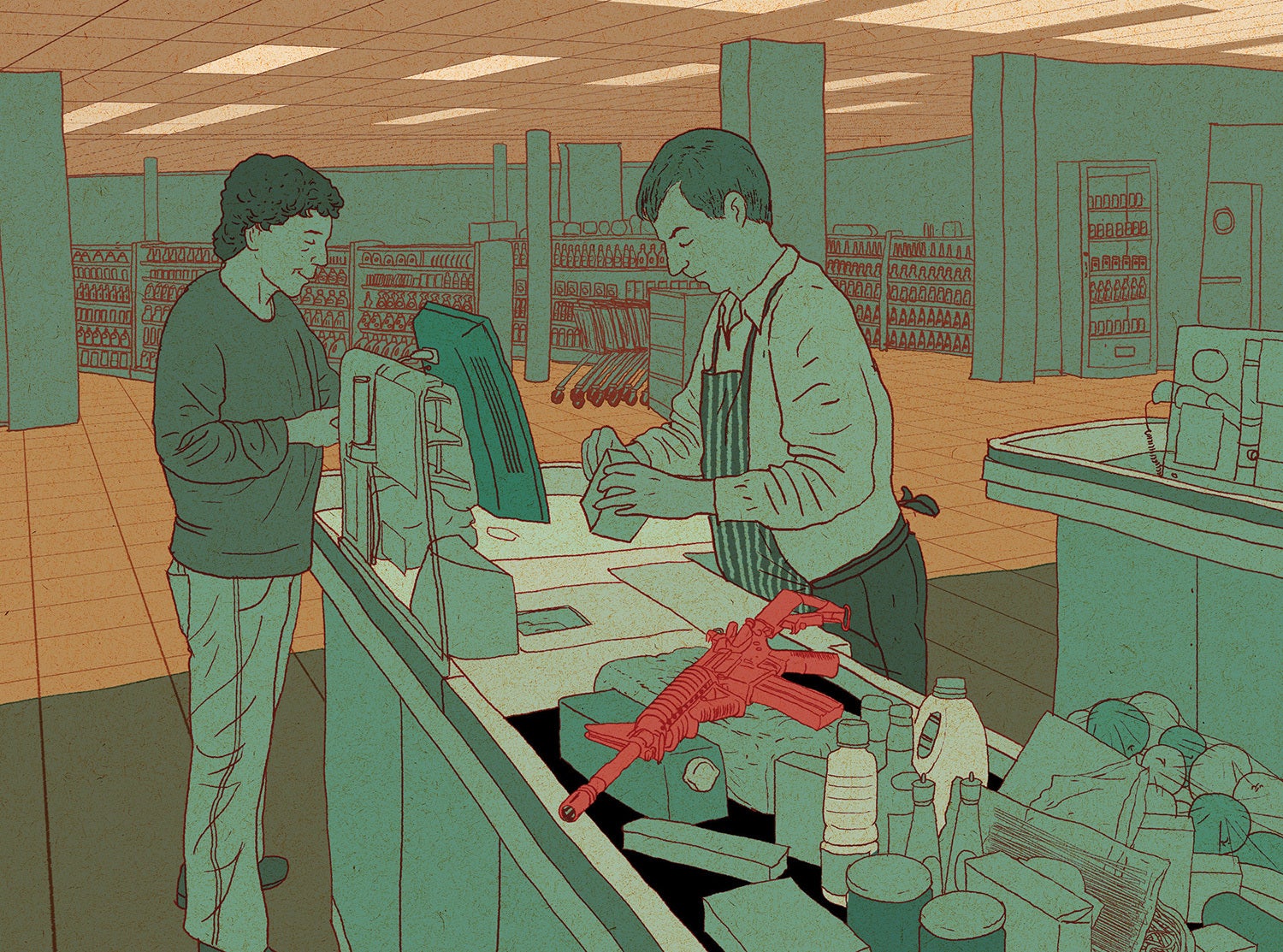
[ad_1]

At my public speaking events, the most common question I get these days is, “What gives you hope?” In the face of multiple, cascading crises in American life, the pressure is on to be optimistic. To be sure, despair offers little motivation for action. But there can be fine lines between hope, wishful thinking and denial. And sometimes anger and outrage are more appropriate sentiments than optimism and hope.
Consider gun violence, which is now an everyday occurrence in the U.S. In March six people—including three nine-year-old children—were killed in yet another school shooting, this one in Nashville, Tenn. Two weeks later five more were killed in Louisville, Ky. In the aftermath of these tragic events, politicians unwilling to confront the cause of these deaths predictably called for prayers and hope. Tennessee governor Bill Lee spoke of “the desperate need for hope” after the shooting in his state. The problem with hope is that in asking us to imagine a different future, it can distract us from taking meaningful action in the present, such as working to prevent gun violence.
It’s no mystery why so many Americans die every year from guns: it’s because so many Americans have guns, including extraordinarily powerful, military-style guns that have no justifiable use in civilian life. It’s a simple fact that in countries where people have fewer guns, fewer gun deaths occur.
According to the Centers for Disease Control and Prevention, 48,830 Americans died from firearm injuries in 2021—more than died in the entire Korean War. For comparison, the gun death rate across the border in Canada is about 800 a year. Canada has a smaller population, of course, but if it had as many people as the U.S., the equivalent number would be about 7,000.
Canada is no exception: in wealthy countries across the globe, deaths by firearms are far less frequent than in the U.S., and these lower death rates correlate with stricter gun regulation and lower rates of gun ownership. In the U.S., the rate of gun ownership per 100 inhabitants is 120.5; in France, it is 19.6. Switzerland has relatively high gun ownership rates for a European country—one estimate places it as high as 41 per 100—but all guns must be permitted, and no one with a history of mental health problems can get one. The Swiss have not had a mass shooting—defined as one resulting in more than four deaths—since 2001.
Overall, 134 people die from firearms in the U.S. every day. In the European Union, which has more than half again as many people, the number was eight as of 2010.
It wasn’t always this way in the U.S. Although guns have long been part of American reality and mythology, the easy availability of assault rifles is a relatively recent phenomenon. According to the Giffords Law Center to Prevent Gun Violence, in the 1980s consumer demand for guns was declining. In response, the gun industry began to make and market military-style weapons. The federal assault weapons ban of 1994 made the transfer and possession of many of these weapons—along with large-capacity magazines—mostly illegal. But the law expired in 2004, and since then there has been no federal regulation of these ultradeadly devices.
They really are ultradeadly. Peer-reviewed studies have shown that mass-shooting-related homicides in the U.S. were substantially reduced between 1994 and 2004, when the federal assault weapons ban was active. One study led by Charles J. DiMaggio, a professor of surgery and an injury epidemiologist at New York University Grossman School of Medicine, found that fatalities from mass shootings were 70 percent less likely to occur during the federal ban. Another study, by the nonprofit Police Executive Research Forum, found that 38 percent of police departments reported a significant increase in criminal use of semiautomatic assault weapons with high-capacity magazines after the ban expired. And that led to increased injury and death because, with rare exceptions, someone with a knife or even a hunting rifle just can’t do as much damage as someone using an assault weapon.
Sure, we can hope that something will be done about gun violence. We can remember a time when parents sent their children to school without worrying that they would be shot, and we can imagine a time when that will be true again. Or we can act to change the laws that have created carnage. In the face of this problem with a known solution, the alternative to hope is not despair but rather the galvanizing feeling of factually justified outrage.
[ad_2]